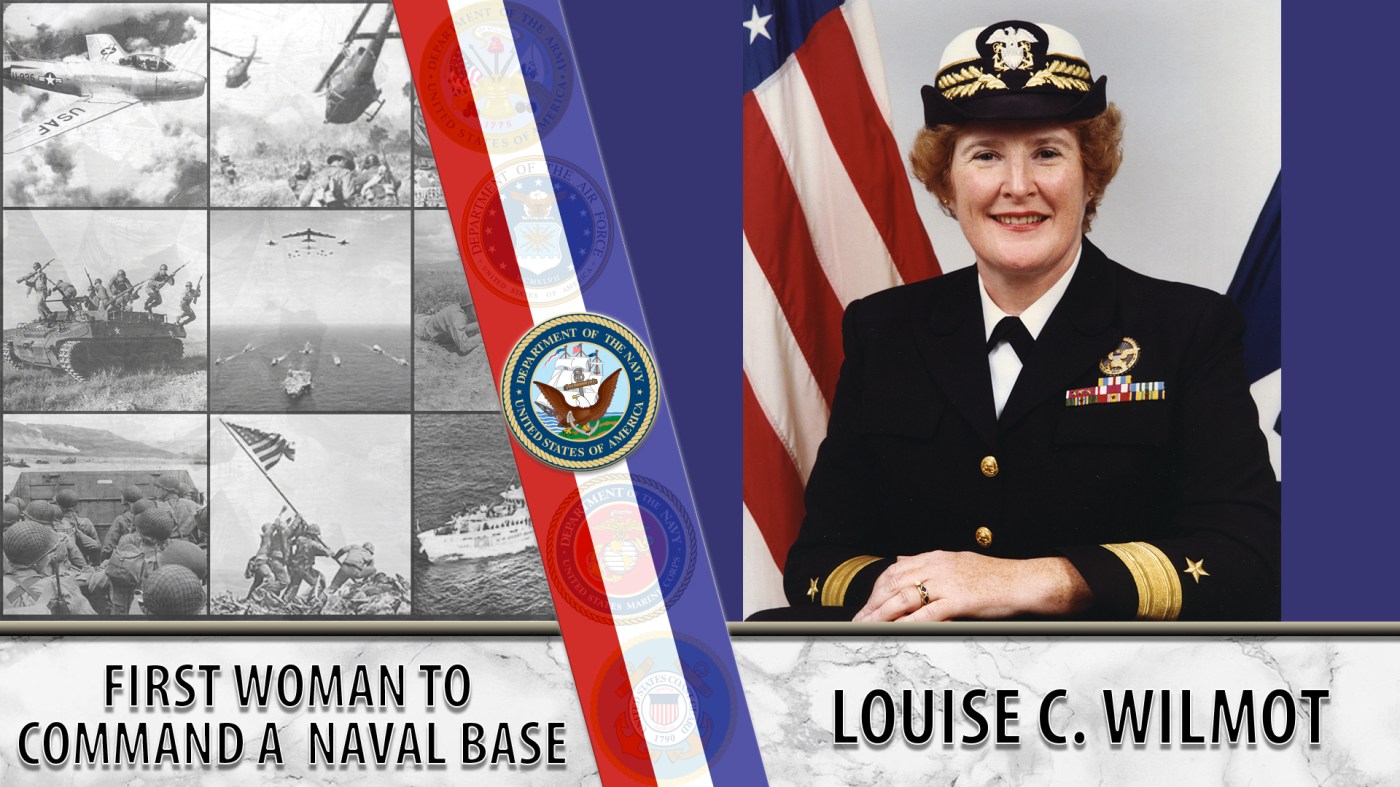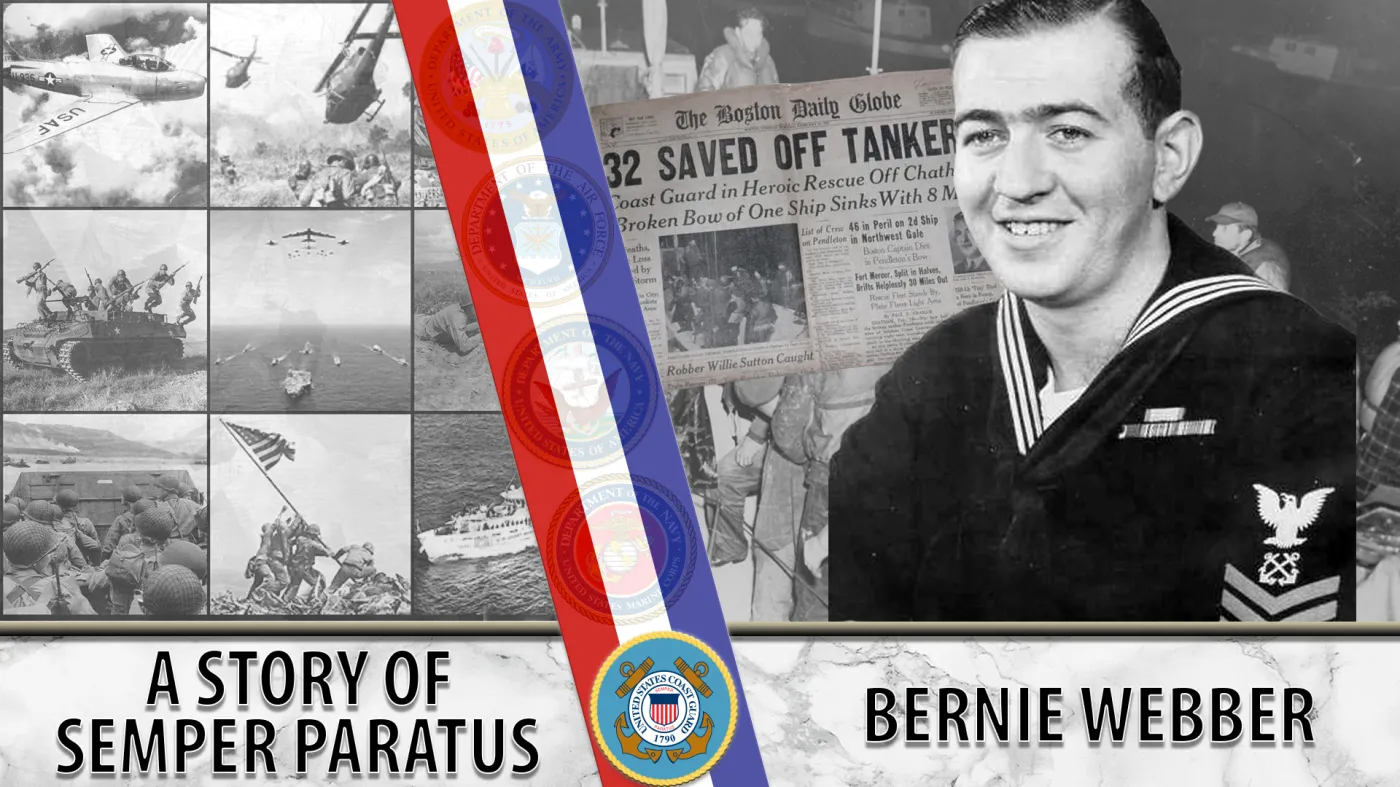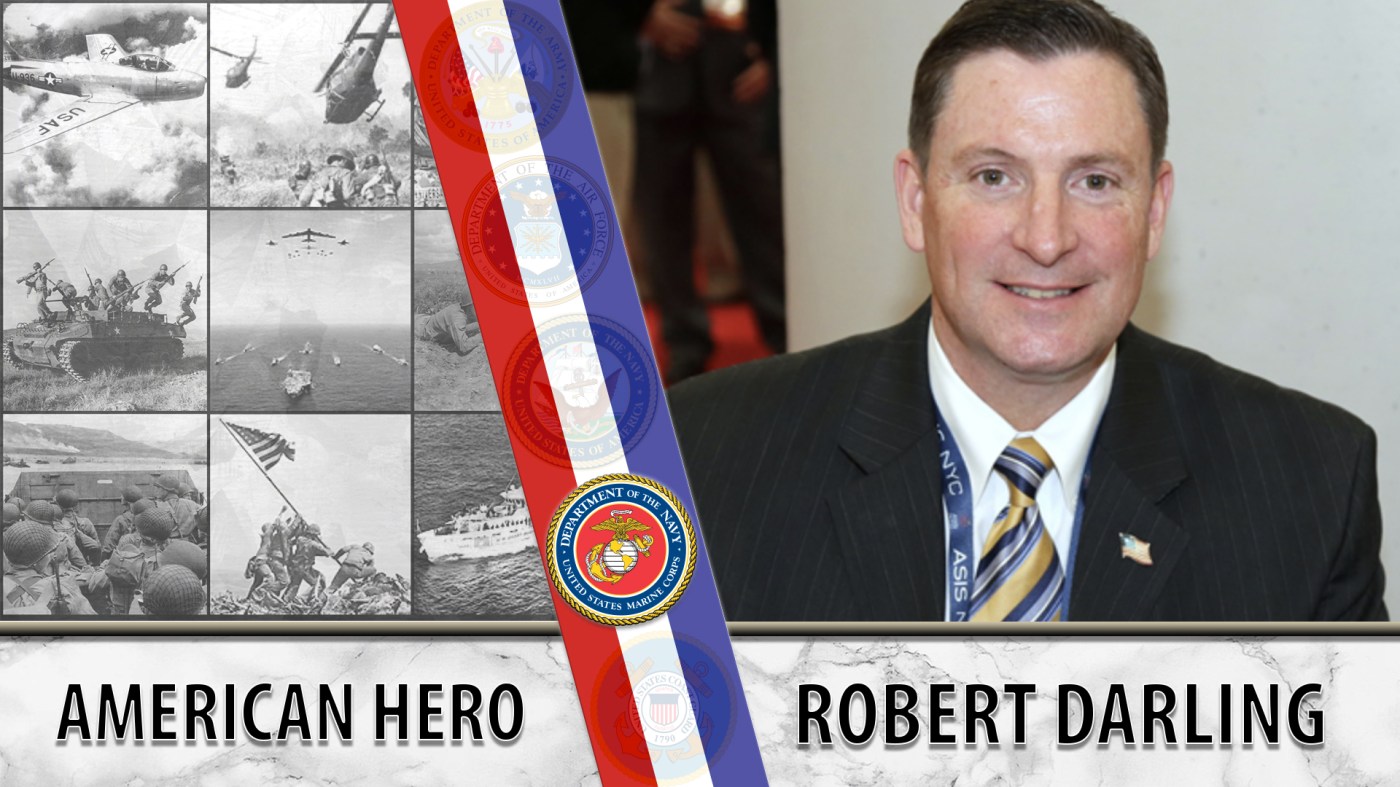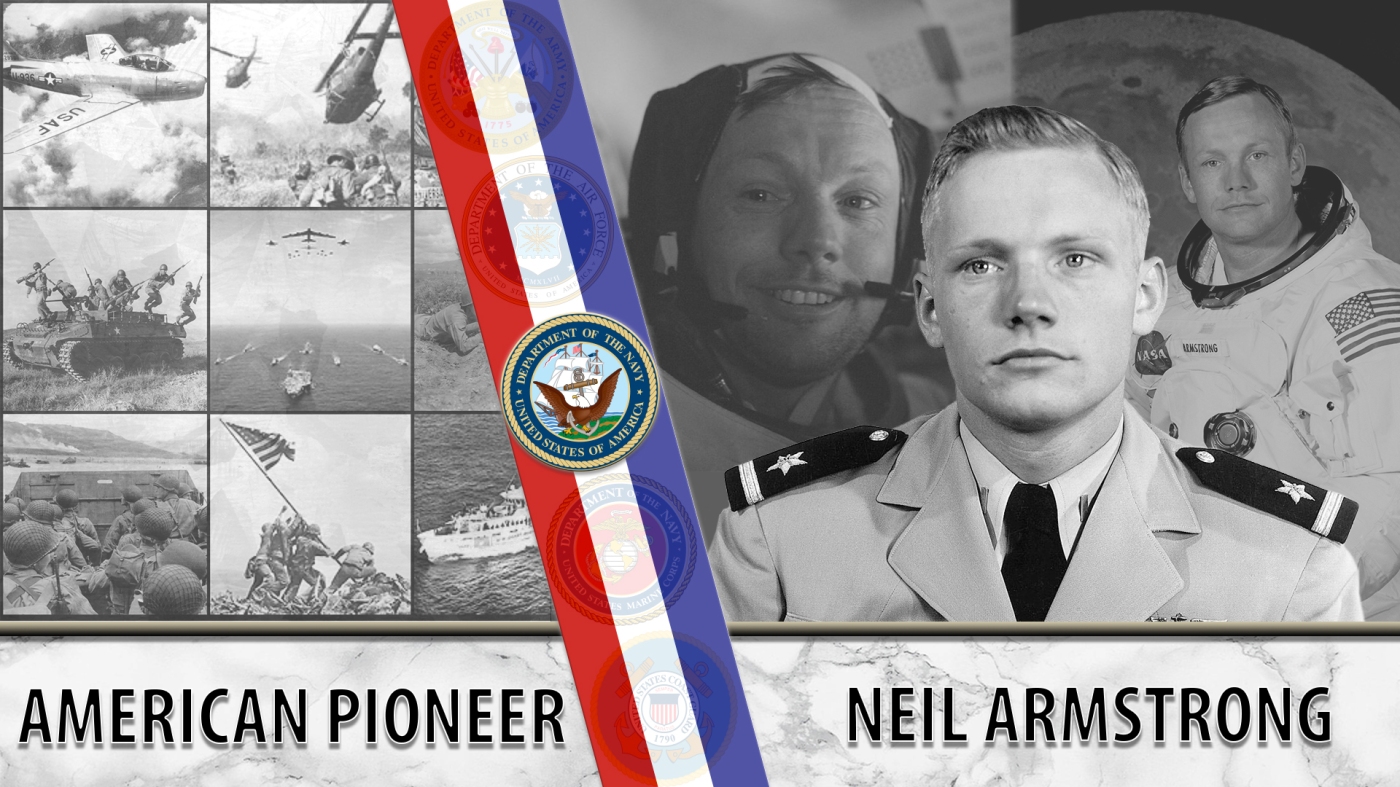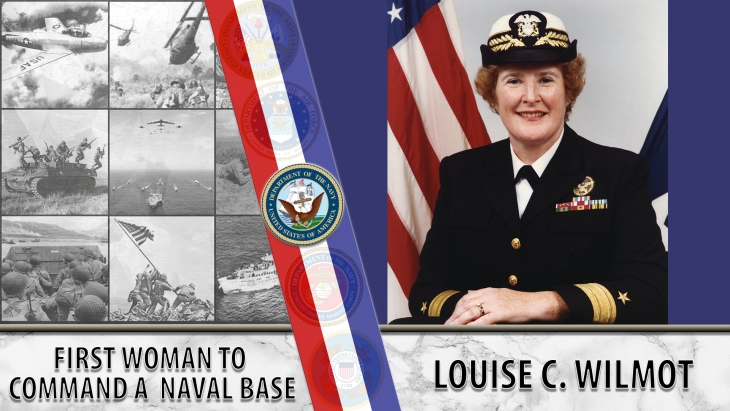
Louise C. Wilmot was a pioneer for integrating and recruiting women in all branches of the military. She was also the first woman to command a naval base.
Louise C. Wilmot was the highest-ranking woman in the United States Navy before she retired in 1994. As the first woman to command a naval base, she had three different roles over the course of 30 years in the Navy: commander of the United States Naval Base in Philadelphia, Pennsylvania; vice chief of Naval Education and Training in Pensacola, Florida; and commander of the Naval Training Center in Orlando, Florida.
In December 1942, Wilmot was born in Wayne, New Jersey, to Woodrow Wilmot and Dorothy Currie. In June 1966, she graduated from the College of Saint Elizabeth with a Bachelor of Arts in History. Afterwards, Wilmot joined the United States Navy, and she was commissioned as an ensign from the Officer Candidate School in Newport, Rhode Island.
In December 1966, Wilmot was assigned to the NATO Staff of Allied Forces in Naples, Italy, where she performed communications and training duties. She experienced her first instance of gender discrimination here. “Since I was a woman, I was precluded from doing some of those jobs,” Wilmot recalled in an interview for Organizational Dynamics. “They had to look around and find a different job for me. They made a job up, which was okay.”
In her first days as branch head of Equal Opportunity for Women, which she served from 1974 to 1976, Wilmot asked what the new branch did for women. Even her superiors were uncertain on its impact for women. However, Wilmot did not let any obstacles deter her. In a meeting with male lieutenant commanders, she was disrespected: “When I said, ‘I’m doing Equal Opportunity for Women,’ they would take the coffee cup out of my hand and send me out the door! It was awful; it was really my first rejection,” she recalled.
During her arduous career fighting for women’s equality in the Navy, Wilmot focused on the challenges that would become the defining events in her life and her fight for women in the military. Despite this, Wilmot remembers one situation that was detrimental to her reputation as commander in the Naval Training Center in Orlando: “An accusation was made that a company commander had physically assaulted a woman recruit. There were also accusations that company commanders were abusing and engaging in consensual sexual liaisons with recruits. A reporter from The Washington Post wrote a sensationalized story about this. It was devastating because I was personally attacked in editorials… I had six commands and none of my commanding officers’ names ever appeared in the press. I took the heat.”
In December 1988, Wilmot was selected for promotion to rear admiral, making her the tenth woman ever selected for flag rank in the Navy. Wilmot received her final command when she was selected to begin preparations for the closure of Naval Base Philadelphia. She retired on Aug. 18, 1994, having accepted a position at Catholic Relief Services as deputy executive director for public outreach.
We honor her service.
Writer: Hagen Kenny
Editors: Christopher Wilson, Jacob Reis
Fact Checker: Kinsley Ballas
Graphic Designer: Katie Rahil
Topics in this story
More Stories
Bernie Webber led one of the greatest Coast Guard rescues in history that was later chronicled in the book and movie, “The Finest Hours.”
As the events of 9/11 unfolded, Marine Veteran Robert Darling served as a liaison between the Pentagon and Vice President Dick Cheney in the underground bunker at the White House.
NASA astronaut Neil Armstrong was the first person to walk on the moon. He was also a seasoned Naval aviator.

